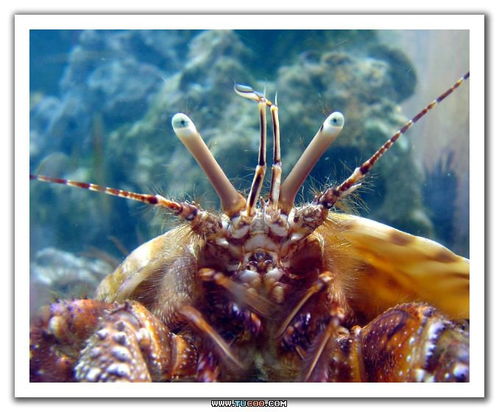
Bit by a Spider: A Detailed Look into Spider Bites and Their Effects
Have you ever wondered what happens when you get bitten by a spider? Spider bites can range from mild to severe, and understanding the symptoms and treatment options is crucial. In this article, we will delve into the various aspects of spider bites, including their causes, symptoms, and treatment methods.
Understanding Spider Bites

Spider bites occur when a spider injects venom into a person’s skin. While most spider bites are harmless, some can be life-threatening. The severity of a spider bite depends on the type of spider, the amount of venom injected, and the individual’s immune response.
Common Causes of Spider Bites

Spider bites typically occur when a person accidentally disturbs a spider in its natural habitat. This can happen in a variety of settings, such as homes, gardens, and outdoor areas. Some common causes of spider bites include:
- Encountering a spider in a dark, undisturbed area
- Handling a spider without proper precautions
- Walking barefoot in areas where spiders are present
Identifying Spider Bite Symptoms

The symptoms of a spider bite can vary depending on the type of spider and the individual’s immune response. Common symptoms include:
- Pain, redness, and swelling at the bite site
- Nausea, vomiting, and diarrhea
- Fever and chills
- Severe pain, muscle cramps, and difficulty breathing
In some cases, a spider bite can lead to a severe allergic reaction, known as anaphylaxis. Symptoms of anaphylaxis include:
- Severe difficulty breathing
- Swelling of the throat and tongue
- Lightheadedness or fainting
- Severe itching and hives
Diagnosing Spider Bites
Diagnosing a spider bite can be challenging, as the symptoms can be similar to those of other conditions. However, a healthcare professional can typically identify a spider bite based on the following factors:
- History of spider exposure
- Location of the bite
- Appearance of the bite site
- Symptoms experienced
Treatment Options for Spider Bites
The treatment for a spider bite depends on the severity of the symptoms. Here are some common treatment options:
- Wash the bite site with soap and water to prevent infection
- Apply a cold compress to reduce swelling and pain
- Take over-the-counter pain relievers, such as ibuprofen or acetaminophen
- Seek medical attention if symptoms worsen or if an allergic reaction occurs
Preventing Spider Bites
Preventing spider bites involves taking certain precautions, such as:
- Wearing gloves when handling spiders or cleaning areas where spiders may be present
- Sealing gaps and cracks in your home to prevent spiders from entering
- Using insect repellent when spending time outdoors
- Being cautious when walking barefoot in areas where spiders are known to live
Conclusion
Spider bites can range from mild to severe, and it’s important to understand the symptoms and treatment options. By taking proper precautions and seeking medical attention when necessary, you can minimize the risk of complications and ensure a safe recovery.
| Spider Bite Symptoms | Severity |
|---|---|
| Pain, redness, and swelling | Mild |
| Nausea, vomiting, and diarrhea | Moderate |





